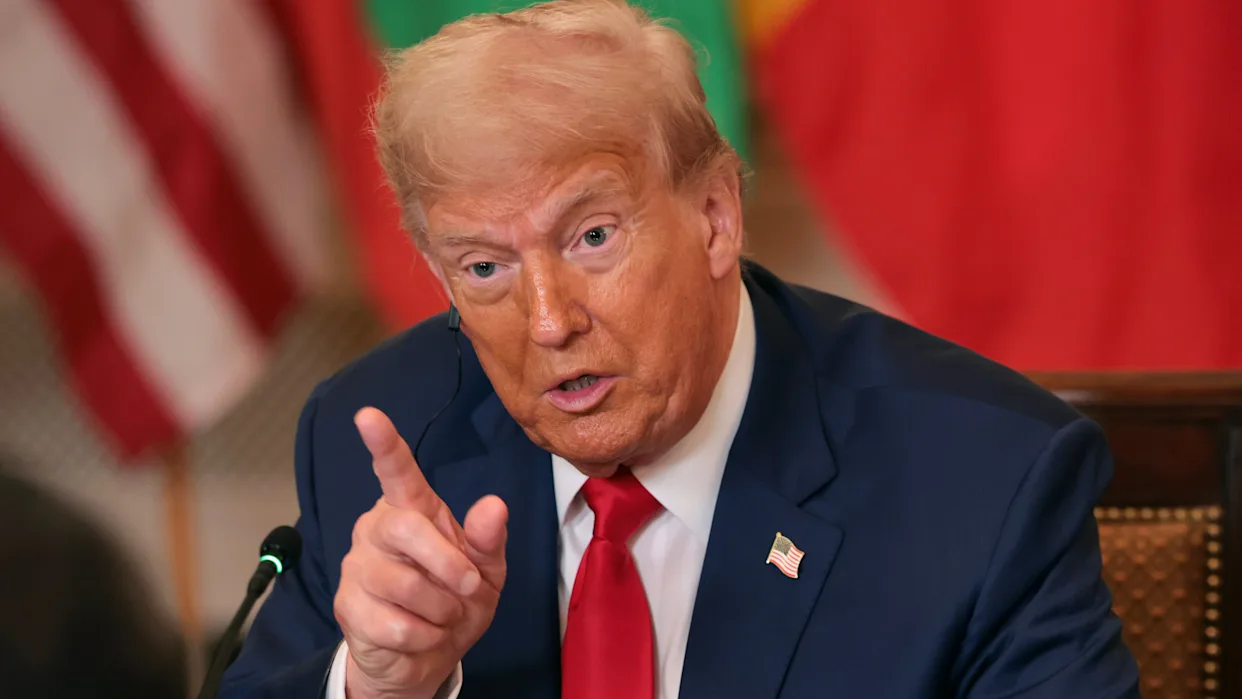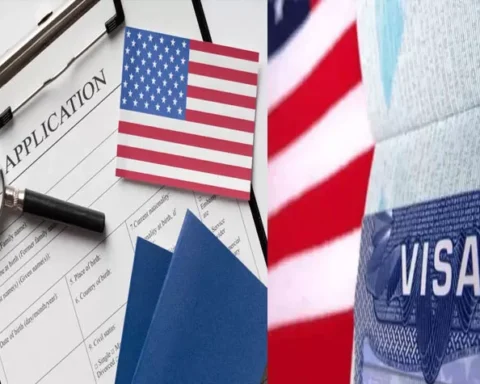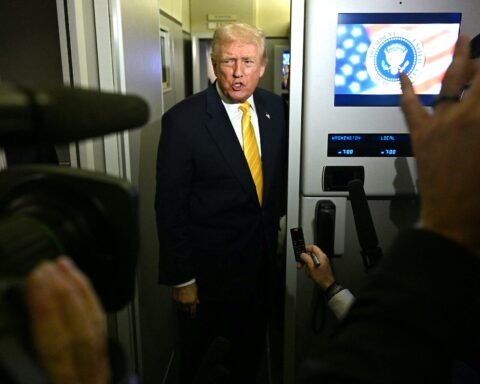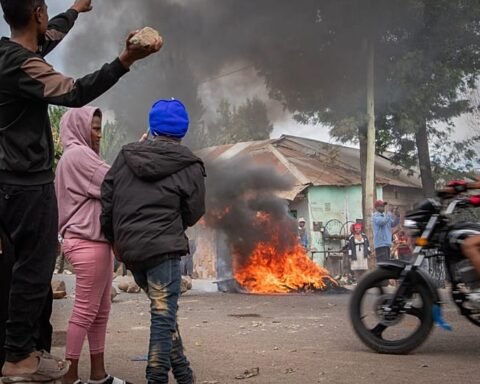Ethiopia has pushed back against a recent claim by U.S. President Donald Trump that the country’s flagship hydropower project—the Grand Ethiopian Renaissance Dam (GERD)
was financed with American money. Ethiopian officials have described the remarks as not only incorrect but potentially harmful to regional stability.
Speaking at a campaign rally last week, Trump suggested that the dam was “built with United States money, largely.” His comments drew swift criticism from Ethiopian authorities, who view GERD as a symbol of national pride, resilience, and economic independence.
“This is entirely false,” said Fikrte Tamir, deputy director of the GERD Coordination Office in Addis Ababa. “The dam has been funded by the Ethiopian people—from public bond sales, salary contributions, and domestic government support. There has been no American financing involved in any stage of this project.”
The dam, situated on the Blue Nile River near Ethiopia’s border with Sudan, is the largest hydroelectric facility in Africa. Once fully operational, it will produce over 6,450 megawatts of electricity—enough to double Ethiopia’s current energy output and provide power to millions across the region.
The $4.2 billion project, which broke ground in 2011, has been financed entirely through domestic efforts. These included a nationwide campaign that saw public servants contributing a portion of their wages, diaspora fundraising, and internal borrowing. For turbine and equipment procurement, Ethiopia secured partial loans from the Export–Import Bank of China, but no assistance was requested or received from the U.S. government.
Ethiopians often refer to the dam as a national project representing their commitment to development and sovereignty. The dam’s name itself—Renaissance—speaks to the country’s aspirations for renewal and self-determination.
Trump’s Past and Regional Reactions
This isn’t Trump’s first controversial statement about the GERD. In 2020, while still president, he warned that Egypt might resort to military action, saying, “they’ll end up blowing up the dam.” His administration had sided with Egypt during mediation talks, which later broke down.
Egypt, which depends on the Nile River for over 90% of its fresh water, has long objected to Ethiopia’s filling and operation of the dam without a binding legal agreement. Sudan, too, has expressed concerns, though it has at times appeared more neutral in the dispute.
Also Read; Lenacapavir Marks New Chapter in HIV Prevention
Tensions have risen over the years as tripartite negotiations—mediated by the African Union and international observers—have failed to produce a final accord. Egypt continues to push for a legally binding water-sharing agreement, especially during drought years. Ethiopia, however, insists on its right to develop resources within its borders without foreign interference.
A Technical Marvel and Diplomatic Tightrope
Beyond geopolitics, the dam stands as a marvel of modern engineering. Standing at 145 meters high and stretching 1.8 kilometers across the Nile, the structure can hold over 74 billion cubic meters of water in its reservoir. It has already begun generating electricity in phases since 2022, and the final turbines are expected to come online by late 2025.
As the project nears completion, celebrations are being planned in Ethiopia, but officials remain cautious. Statements like Trump’s are seen as unhelpful and potentially incendiary, especially given the regional sensitivities and ongoing diplomatic efforts.
“This kind of misinformation does more harm than good,” said one senior Ethiopian official. “We urge all stakeholders to speak responsibly and support a peaceful, African-led solution to Nile Basin issues.”
At the heart of this dispute lies a complex web of history, water rights, climate concerns, and national identity. The Nile Basin Initiative, a cooperative framework launched in 1999, has struggled to find common ground among riparian states.
Ethiopia has often argued that its upstream position gives it the right to harness the river for development—especially given that 85% of the Nile’s water originates within Ethiopian territory. Egypt, on the other hand, views any upstream damming as an existential threat.
With the GERD now approaching full capacity, and global attention once again drawn to the debate, the international community will be watching closely. Whether Trump’s remarks were a slip or a calculated political jab, they’ve reignited discussions that go far beyond campaign rhetoric—touching on regional power dynamics, sovereignty, and the future of one of the world’s most vital rivers.







